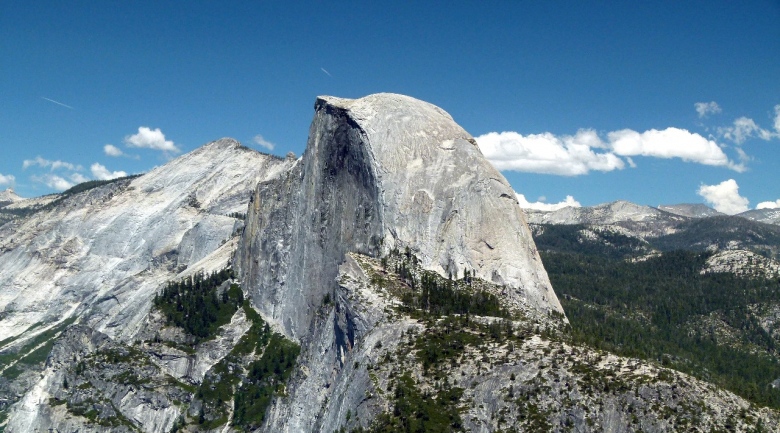
Levels of CO2 in the atmosphere have surged past an important threshold and may not dip below it for "many generations". The 400 ppm benchmark was broken globally for the first time in recorded history in 2015. According to the WMO, 2016 will likely be the first full year to exceed the mark.
The high levels can be partly attributed to a strong El Nino event. While human emissions of CO2 remained fairly static between 2014 and 2015, the onset of a strong El Nino weather phenomenon caused a spike in levels of the gas in the atmosphere.
That’s because the drought conditions in tropical regions produced by El Nino meant that vegetation was less able to absorb CO2. There were also extra emissions from fires, sparked by the drier conditions.
In its annual Greenhouse Gas Bulletin, the World Meteorological Organisation says the conditions helped push the growth in the levels of CO2 in the atmosphere above the average for the last ten years.
At the atmospheric monitoring station in Mauna Loa, Hawaii, levels of CO2 broke through 400 parts per million (ppm), meaning 400 molecules of CO2 for every one million molecules in the atmosphere.
The last time CO2 was regularly above 400ppm was three to five million years ago, say experts. Prior to 1800 atmospheric levels were around 280ppm, according to the US National Oceanic And Atmospheric Administration (Noaa).
The WMO says that the rise through the 400ppm barrier has persisted and it’s likely that 2016 will be the first full year when the measurements show CO2 above that benchmark, and "hence for many generations".
While the El Nino factor has now disappeared, the human impact on climate change has not, the WMO argues.
"The year 2015 ushered in a new era of optimism and climate action with the Paris climate change agreement," said WMO Secretary-General Petteri Taalas
